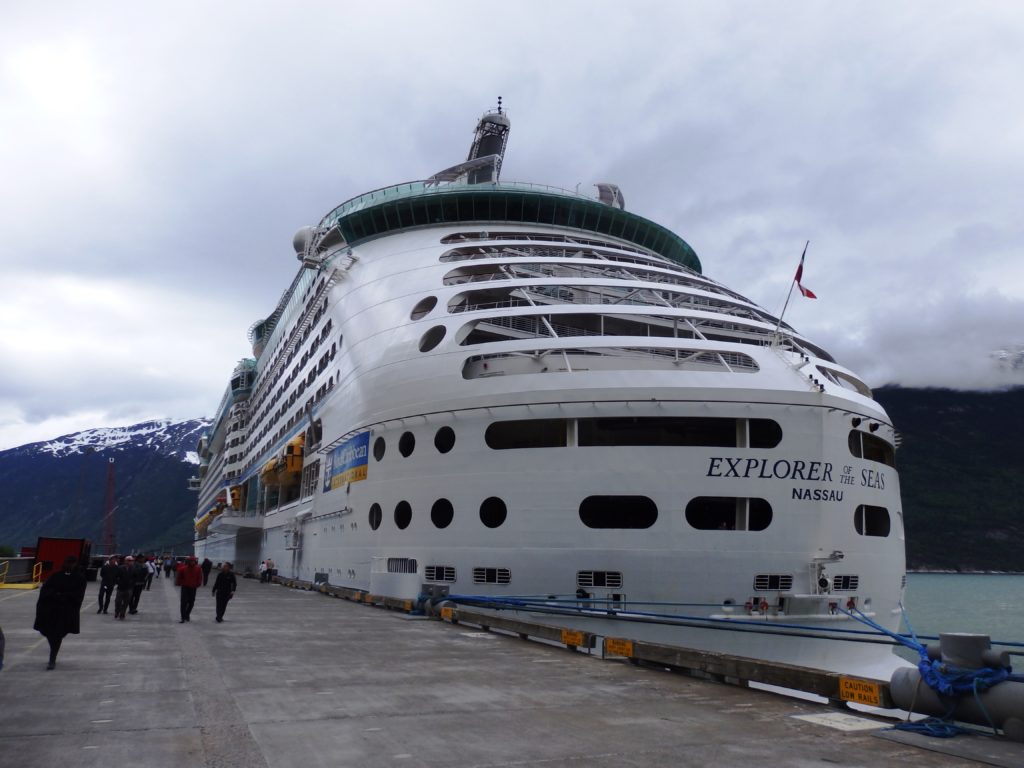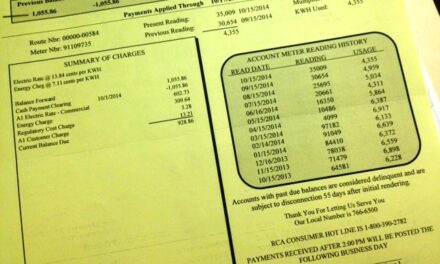The Alaska PFD has been finalized and residents should expect checks of roughly $1,100 to be distributed in October. Redistricting is also underway as numbers from the 2020 census look to reshape the districts in which upper Lynn Canal voters are represented. KHNS’ Mike Swasey spoke to Democratic state Sen. Jesse Kiehl, who represents Haines, Skagway, and Juneau for more detail on both issues.
Swasey – Looks like we’ve come to an agreement finally, with the PFD, what’s happening?
Kiehl – Yeah, folks will start seeing the PFD direct deposited in the middle of October, paper checks, for those who still get those, a little later than that. But that amount will be right about $1,100. This year that is as much as we can provide without drawing an unsustainable amount out of the permanent fund. It taps out pretty much all the savings accounts, but it does pay the largest PFD amount that we can while providing the services the state needs to and protecting the value of the permanent fund for the long term.
Swasey – It seemed like it was quite an ordeal to get to this $1,100 which is a number that you’ve talked about for months. Was there anything that had to be given up to get to this spot? Or was it just that finally, people got on board?
Kiehl – Oh, you know, there was arm twisting and horsewhipping and figuratively, of course, you know, it’s a combination of math and folks who really do believe that you can take extra out of the permanent fund today and not do too much harm tomorrow and they did not end up having the votes to win on that.
Swasey – Jesse, tell me why the PFD is so important to Alaskans.
Kiehl – Originally, it protected the ability to grow the permanent fund and replace our oil wells with money wells… with investment resources. We have, to a large extent, done that. It’s not a personal property right, it’s a government program. It’s a vitally important one, it helps needy families, working families, finish out the year with their bills paid. It reduces poverty.
Swasey – Okay, well, the other topic I wanted to talk about is redistricting. What’s happening there?
Kiehl – The redistricting board right now has a solid majority from one party, but they are taking their job seriously. And their biggest single job is to redraw those lines of which Alaskans are together for the purpose of electing their representatives. On the principle of one person, one vote.
We counted the people with the census, the federal government did that, and now we need that board to draw districts where every house district is as close as they can get within reason to 18,330 some odd people that so a senate district will be what 36,600. A couple of board members have drafted maps and a number of public groups have drafted some maps and the board has put those out for public comment.
And so you can look at them at akredistrict.org. And they’ve got galleries and galleries of maps and third-party maps and as much detail as you can stomach. But here are the big questions: Which communities should be put together in a district for the alignment of their interests for what the Constitution requires? Which is, they should be contiguous, you can’t have one jump over another. They should be compact and they should be socioeconomically integrated.
In my view, it’s kind of a no-brainer for Lynn Canal communities to be together. The city and borough of Juneau is not two house districts worth of a population. So it needs to reach out and include neighboring communities and which ones, is the big question.
There are versions of that map that have Juneau joining with Petersburg. Most versions of that map have Juneau together with Haines and Skagway. And then of course (there are) questions of where you draw the line within Juneau.
Some of those lines that are proposed are really weird. Several of them, by the way, cross natural boundaries and cross highways to put our two current representatives in the same district. The Alaska Supreme Court has called those weird little bumps in the line unnatural appendages, but most of us just call them, most of us just call them gerrymandering. It doesn’t make sense to draw a Southeast district that doesn’t have a dock in it, right? All of Southeast Alaska has a maritime infrastructure and a maritime economy.
Swasey – All right, Senator Jesse Kiehl, thank you so much for the time.
Kiehl – Thanks, Mike.
To participate in the redistricting conversation you can submit comments through akredistrict.org/maps. The board is also holding an open meeting in Haines from 2:30 p.m. to 4 p.m. Tuesday, September 28 in assembly chambers. The board has until November 10 to finalize its plans. The new districts will be in effect for the state’s 2022 elections.









All democrats MUST go! Everywhere they are ruins are sure to follow. These rats mismanaged our money, and they want to spend our money on their agenda. I have yet to meet anyone that disagrees- all rats must go!